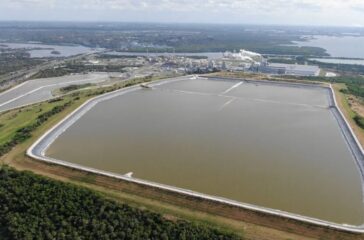Citing “toxic mountains,” conservation groups file notice of intent to sue EPA
By Johnathan Hettinger
US regulators are failing to address toxic “open-air dumps” that in some cases tower many hundreds of feet tall and hundreds of acres wide, according to a group of conservation and public health advocates who have filed a notice of intent to sue the government to force protective action.
 EWG
EWG